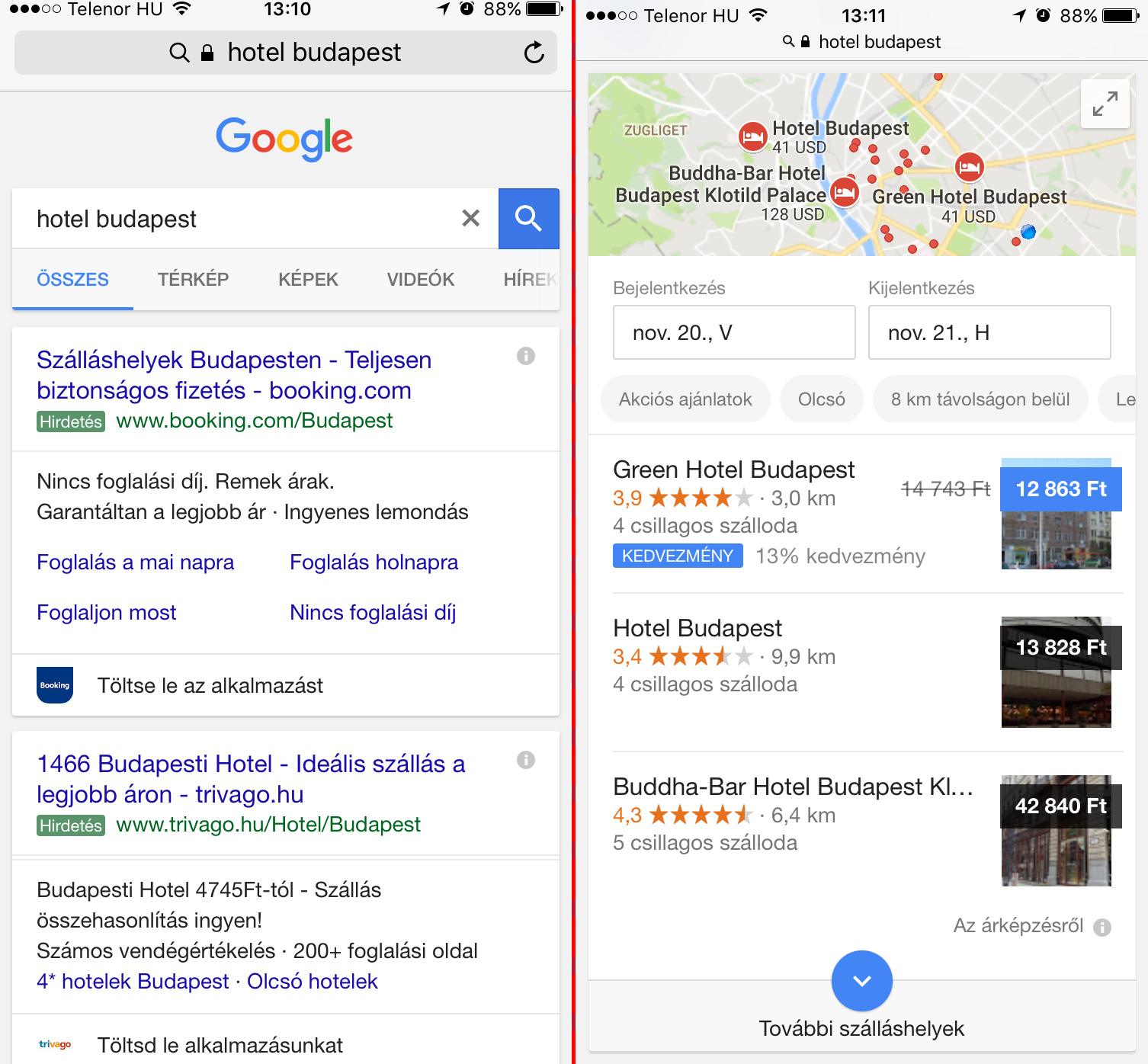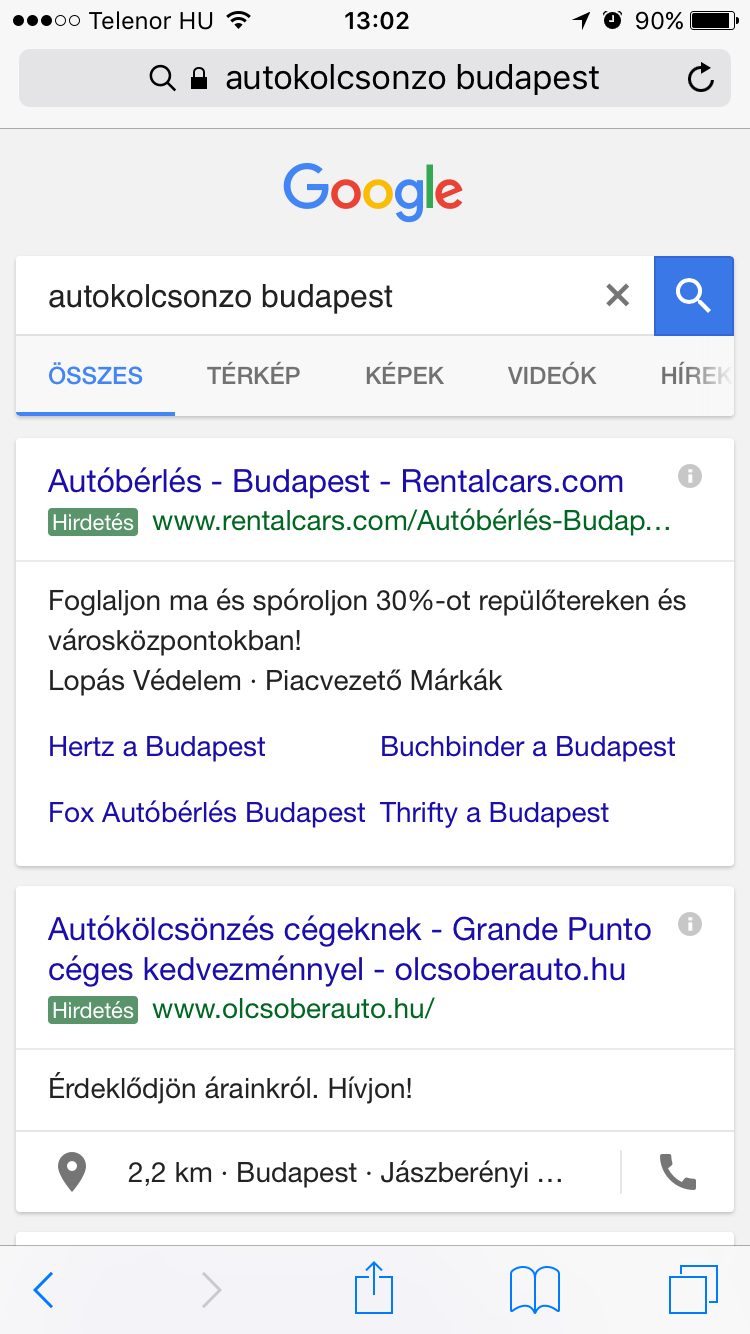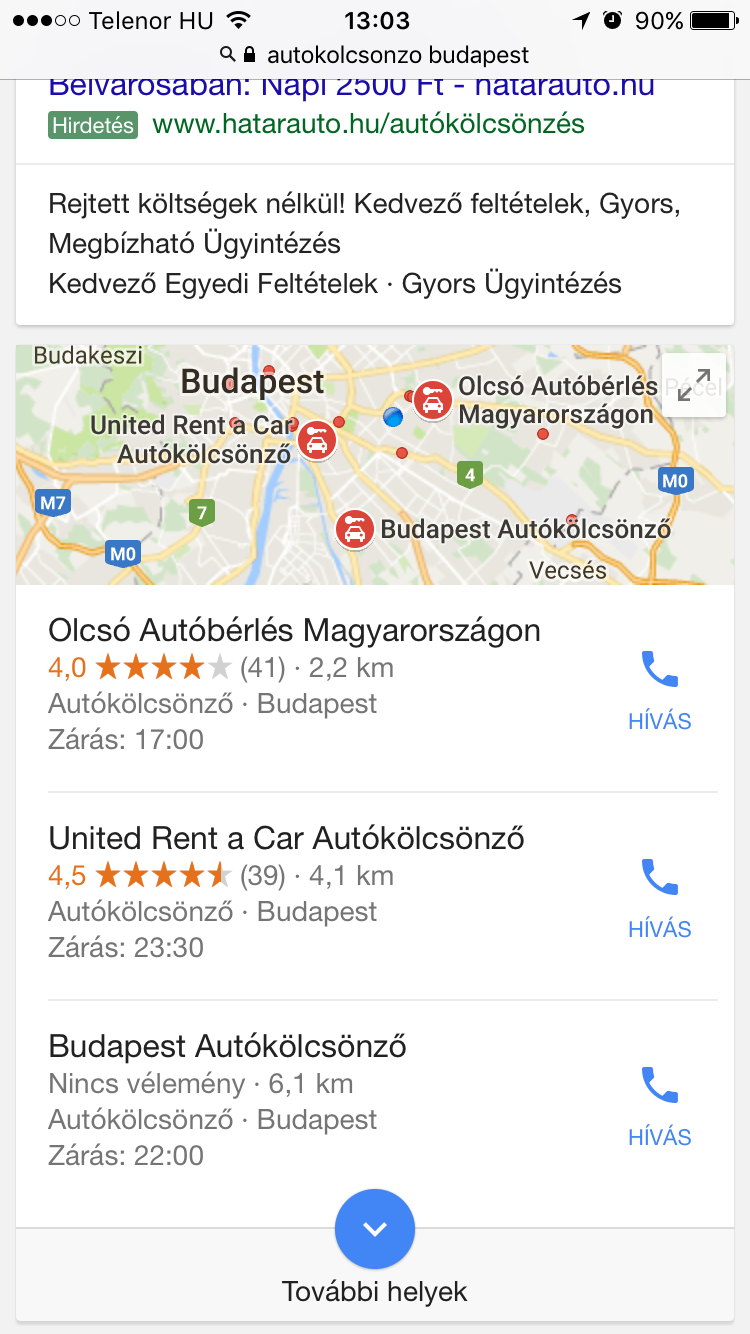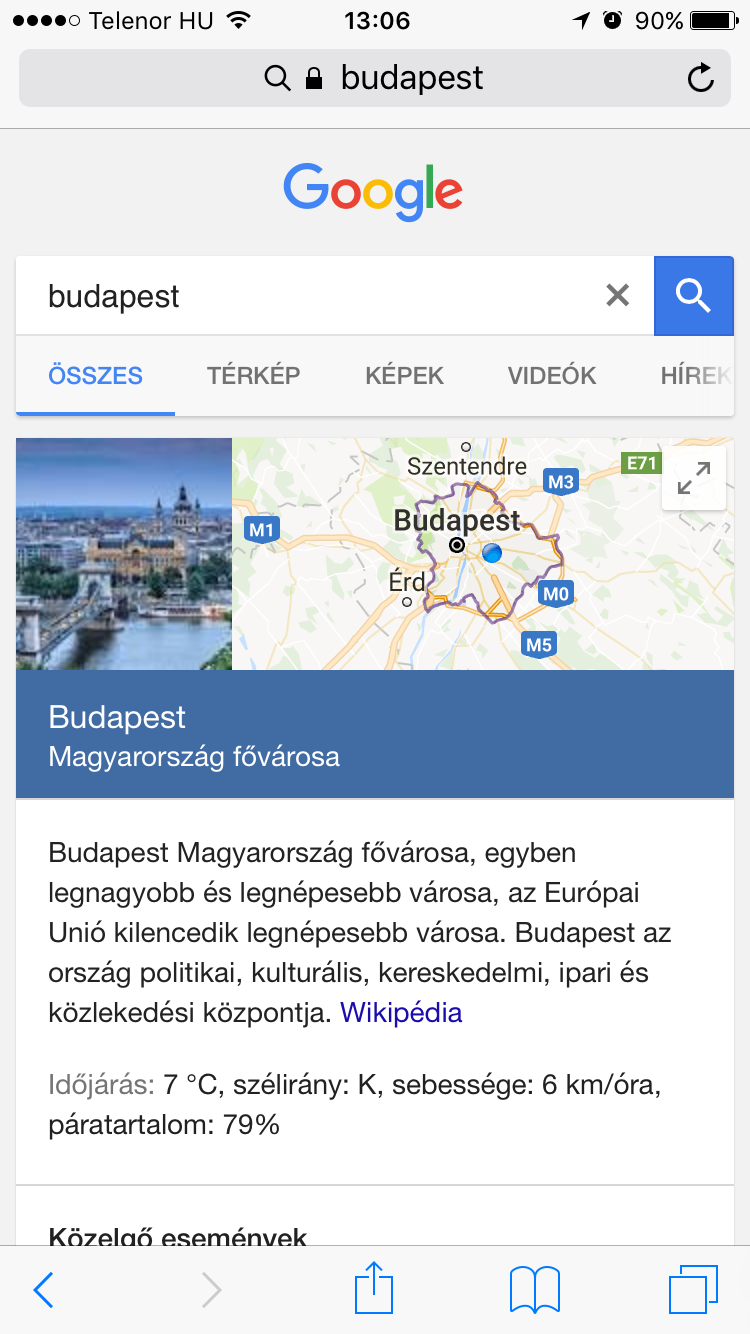Is Google eclipsing mobile organic search? | Weboptim
The click-through rate of a website depends largely on its position in the search results.
But to what extent are local businesses at risk from Google's actions to push organic results back and back on the mobile screen, favouring paid ads, Google My Business, etc.
And when link aggregators, comparison sites, articles and reviews dominate the top of organic searches, is there any hope of mobile users looking at 2, 3 or 4 more screens to find our website?
So has Google crowded out mobile organic searches?
The answer is that organic search isn't dead, but there is no doubt that the game has changed dramatically and will continue to do so every time Google introduces a new innovation, including changes to paid advertising, Google My Business listings, the Knowledge Graph, etc.
What has Google done with organic searches?
A, More paid ads
Above the organic results, there used to be only 3 Google Adwords ads, but now there are 4, which can fill the entire screen above the fold.
B, Featured Google My Company Appearance
For business-related mobile searches, the results appear in the following order:
- Paid search ads (up to 4 different ads can appear, which is a significant amount of text, at least 10 lines long)
- Google My Business results (3 local businesses appear on the map, each with a 4 line unique description)
- Organic results (about 10 results, for popular search queries the top results are often dominated by aggregated pages, articles, reviews - this means that there will be almost no specific e.g. restaurant in the first page search results)
- More ads
- Related search - about 8 related search terms recommended by Google
- Opportunity to go to the next page
C, Featured Knowledge Graph
For content-related Google mobile searches, the order of results is usually as follows:
- Paid search ads
- Knowledge Graph (panel with information and images, e.g. Wikipedia page)
- Organic results
- Related searches
- Move to the next page
D, Accelerated mobile pages
From AMP a Google-backed initiative to make mobile sites faster.
Depending on the search term, AMP results come first, paid ads second, Google My Business results after ads, and sometimes organic results in between. The point is that organic results are even lower, well below the fold.
A complete mobile results page looks like this: link
Mobile searches are different from desktop searches
Organic results on desktop are also affected by Google updates, but in most cases not as much as on mobile.
At the beginning of 2016, the Adwords ads on the right disappeared, but some of them moved above the organic results.
The Knowledge Graph has gained a place below the ads. This means that where there are fewer ads, organic results can appear on the screen without scrolling above the fold.
Google My Business results used to be displayed on the sidebar, but now they are displayed above the organic results, below the paid ads, so the sidebar is actually empty.
This means that the organic results are shifted downwards, depending on the screen size of the PC during the drive.

Why did Google do this?
There could be two reasons:
- First, Google wanted to collect more and more money from advertising
- Secondly, you want users to get the best results for their search queries. If you can get the information you need without leaving Google search, that's best.
How does the change affect organic hits?
The click-through rate for organic results decreases as positions increase.
But what impact do paid ads, Google My Business profiles, Knowledge graphs have on organic CTR?
Unfortunately, there is no research showing that Google is expropriating the prime search rankings with properties it owns. Some studies have shown that people find local results the most trusted, followed by organic results, and last are paid ads.
If relevance and trust have an impact on click-through rates, as you would expect, then it is inevitable that Google's preferred Google My Business results will have an impact on organic rankings.
The big question is to what extent will trust be present in local searches when Google starts to introduce paid local listings?
A big change in 2015 was Google's introduction of the 3-data Google My Company display above local search results, both on mobile and desktop. So if you search for a business on your phone, you can get enough information from the Google My Business panel so you don't have to scroll down.
Google tries to target users with related queries (which appear at the bottom of the page and at the time of typing) and confuse them with paid ads, Google My Business.
By using precise, relevant and frequent terms that mobile users use, search engines are more likely to find your site and there will be fewer distractions.
The overall mobile search volume is growing so strongly that mobile organic search is almost a separate channel.
Google has not killed organic search for mobile users. It only shows information that is highly relevant to the mobile audience including organic results, but the SERP (Search Engine Results Page) is more limited on mobile. Google typically shows its own results (paid ads, local listings, featured snippets) and so there is limited space for organic results.
Google will continue to improve the SERPs to provide the best results. Search marketers should continue to optimise as part of their mobile strategy to get the most out of their campaigns.
Source: searchenginewatch.com
Did you like the article? You can share it here!


